The Alphacool NexXxoS Cool Answer 360 DDC/XT Liquid Cooling Kit Review
by E. Fylladitakis on October 24, 2016 9:30 AM ESTThe Alphacool Repack Reservoir
The Alphacool Repack is a reservoir designed to fit into a 5.25” external drive bay. This kit includes the DDC version of the reservoir that is designed to be joined with a Laing DDC pump. Although this particular version cannot be used with any other kind of pump, Alphacool offers several versions of this reservoir, including a simple version with compression fittings only.
The Repack is made almost entirely out of clear acrylic. The acrylic is very thick and inflexible, giving the reservoir exceptional overall mechanical strength. Alphacool installs a black metallic plate at the front of the reservoir with their logo, mainly serving as a level meter, but it can be removed if the user wishes. A metallic support plate at the rear of the reservoir is used as a support for the pump.
Two round openings for the pump’s headers and two threaded openings for compression fittings can be seen at the rear of the Repack. Note that the reservoir has internal pathways that separate the incoming and outgoing flows. The left of the compression fittings leads directly to the output of the pump, while the right fitting is for the incoming flow that leads the liquid into the reservoir. Unfortunately, there is no decoupling method for the pump, as it gets attached directly onto the metallic support plate. This transfers all of the vibrations of the pump to the reservoir and, in extension, to the case. Depending on the materials and the quality of the case, this can increase the overall noise output of the system.
The Laing DDC-1T pump
The Laing DDC-1T pump is not of Alphacool’s design. Rather the pump is a product of Goulds Water Technology, a Xylem brand, a company that specializes on commercial and industrial pumps. So that the pump could be used inside a PC, Alphacool merely attached a Molex power connector and a 3-pin tachometer sensor.
Although it looks like a very simple plastic apparatus, the DDC-1T is actually one of the best low-voltage DC pumps currently available. It utilizes a hemispherical motor that does not require shaft bearings and/or seals, significantly improving reliability and minimizing noise. The DDC-1T is also very powerful for a 10W device of this size with, according to Alphacool, a maximum discharge head of 3.7 meters and a maximum flow of 420 l/h. Goulds Water Technology states 4.5 m head and 410 l/h respectively in their specifications sheet.
The only downside of the DDC-1T is the narrow voltage operating range. This particular model can only operate with a voltage of 8V to 13.8V (12V maximum for a typical PC) and has a starting voltage of at least 9V, severely limiting its speed control capabilities. This is why Alphacool offers it with a Molex power connector; although your motherboard’s header should not have an issue powering the 10W pump, the company does not expect users to try and speed control it, as it can easily stall and stop if the supplied voltage drops under 8V, or not even start under certain situations.
Alphacool HF Brass Compression Fittings
Although the selection of proper fittings may seem like a mundane task, there are at least a few things that serious water cooling users need to be aware of. The first is the material of the fitting, as certain metals can cause serious corrosion even when using highly anti-corrosive liquid mixtures, and the second is the coloring (if present), as colors will fade very rapidly on certain materials like copper and brass.
Things get a little more complicated with compression fittings. Unlike simple barbed fittings, the compression fittings are made for tubing with a specific internal and outer diameter (ID and OD respectively). They are more convenient as this allow the user to tighten them by hand and offer more room for aesthetic interventions, but their nature requires precise machining with minimal tolerances. A poor quality compression fitting can easily become the source of leaks.
Alphacool’s HF fittings are made of brass and specifically for 13/10 mm OD/ID tubing. They are painted back with a chromating method that binds the color to the brass, preventing fading. The locking rings have a textured design for better grip. At nearly 6€ per piece, these are rather expensive, but the quality assurance is probably worth the high cost in a system that a poor quality item can cause catastrophic failures.
Alphacool Coolmove 2 Fans
Alphacool also supplies three 120 mm fans with this kit. The fans have black glossy frames and semitransparent blue blades. The blades are not flat but have jagged edges and hemispherical engravings, giving it a golf ball appearance. Their cables are sleeved using typical nylon black sleeving.
The company has rebranded the fans, hiding the OEM from the public. According to their specifications, these fans has a maximum speed of 1300 RPM and Hydro-Dynamic Bearings. It seems strange that the company decided to include a nine-blade design in a kit with a radiator this thick; fans with fewer and wider blades would have better pressure and could achieve better performance, especially at lower RPM. Alphacool however states that the XT45 is optimized for low/medium speed fans, which explains their choice.


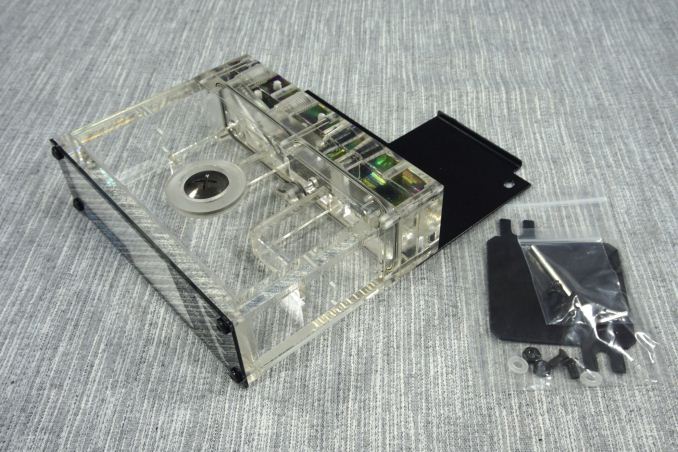


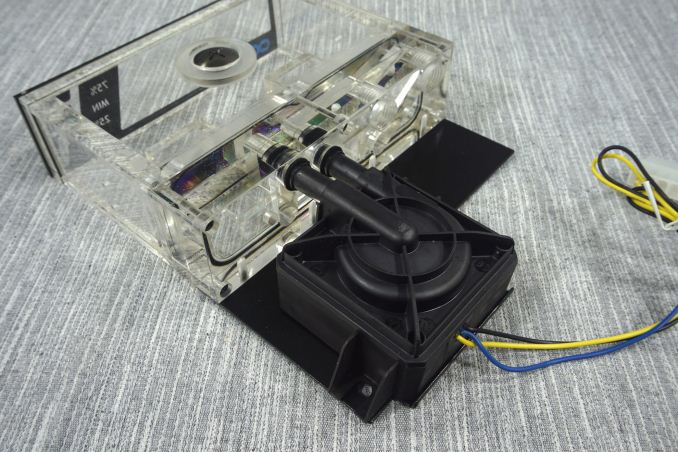

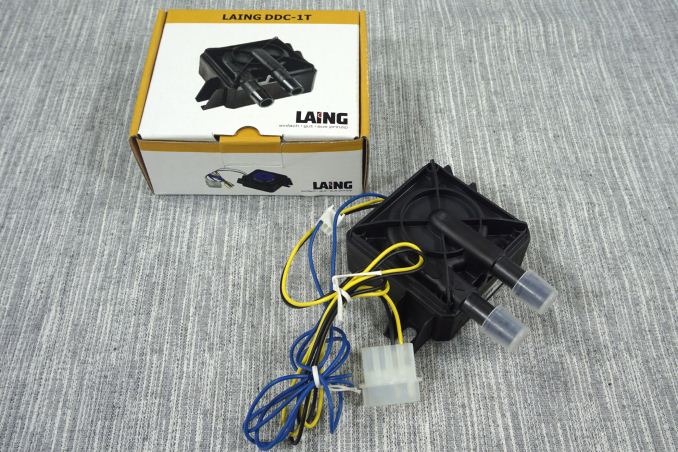
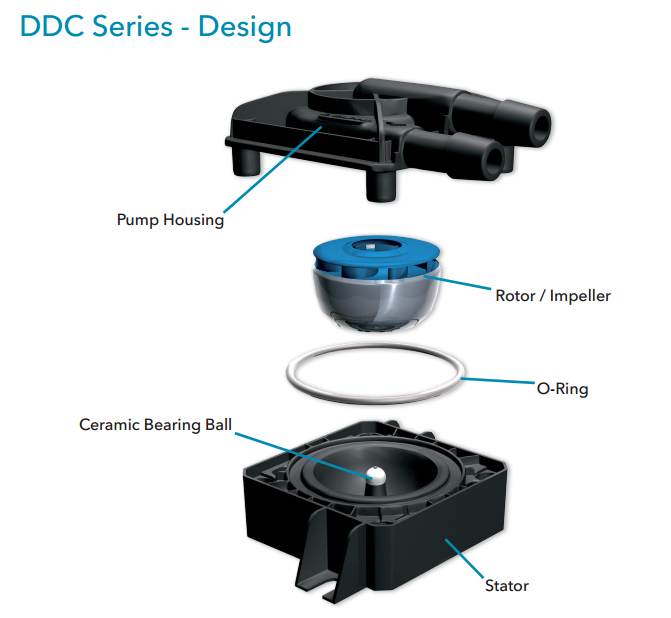
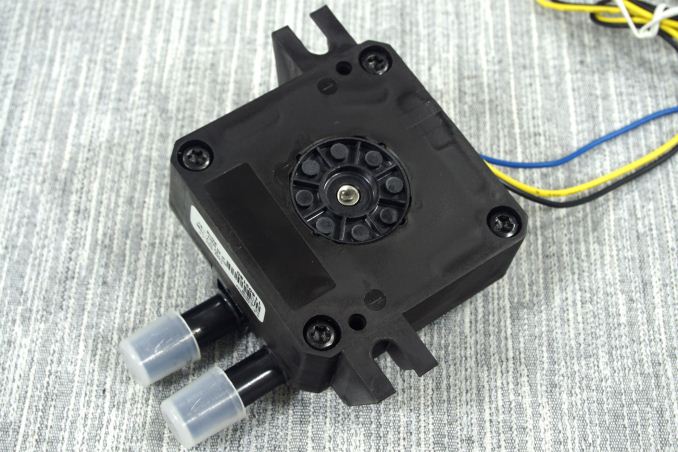
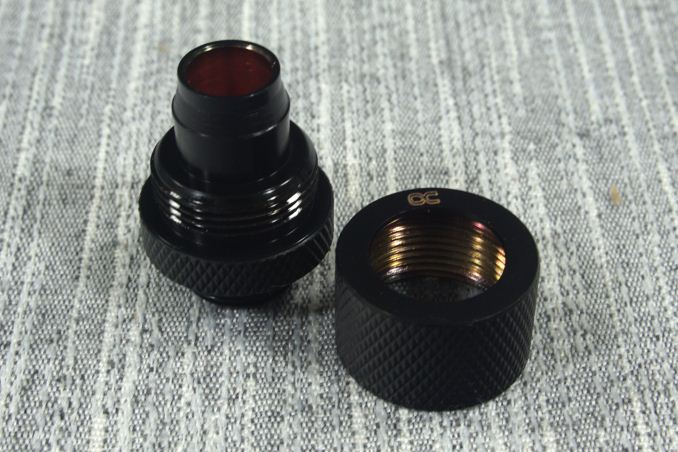
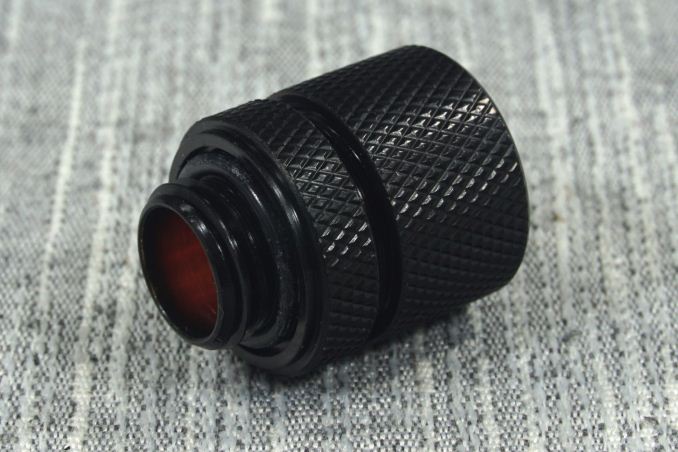
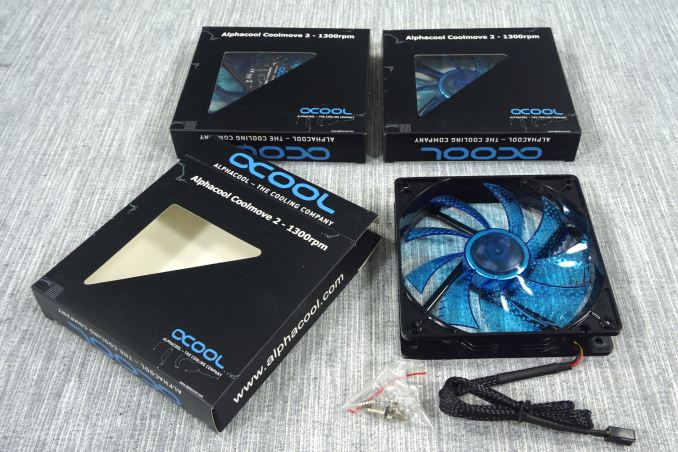
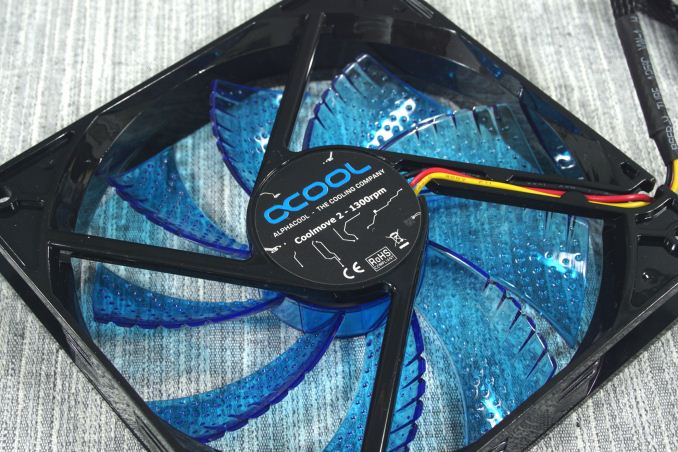








40 Comments
View All Comments
BrokenCrayons - Tuesday, October 25, 2016 - link
Thats sort of the point I'm getting at here. CPU performance has become a lot less relevant in recent years. Sandy Bridge's realease is a pretty good place to draw a line in the sand about when that sort of thing happened. I'd say perhaps a little earlier than that, but the target of acceptable CPU performace is still moving along slowly, but hardly keeping up with the release of new generations these days which in turn devalues the meaningfulness of overclocking and therefore the usefulness of creative cooling methods.GPUs are another story, of course. Higher screen resolutions and maybe VR depending on whether or not it survives the coming couple of years will continue to drive GPU demand and maybe make it worth the effort to do something unusual with a video card to wring a little more out of it.
Batmeat - Monday, October 24, 2016 - link
This setup would be easy to cut the noise by simply swapping out the fans, changing the mounting location of your pump and resevoir, and finally adding some dynamat around the pump and mount site.Dynamat was used back in the day by car stereo enthusiasts to deaden vibration from the subs in your vehicle. I would imagine something better is available today as I haven't messed around with the stuff for nearly 20 years.
JoeyJoJo123 - Monday, October 24, 2016 - link
If we're talking sound isolation material, then thick Rock Wools (used as in-wall insulation or as wood-framed panels in hi-fi home theatre rooms) and Sorbothane (used to acoustically/vibrationally isolate two objects, through a sorbothane gasket, feet, pads, etc)Neither material is particularly ideal to place inside a computer case.
The most sure-fire method to totally remove the noise from a PC is to literally move into another room. You can connect the peripherals such as mouse, keyboard, monitors through extended cables running through the wall into the adjacent room's closet, for example.
Arbie - Monday, October 24, 2016 - link
I stopped even thinking about water cooling when the CPU ability trajectory crossed my needs line. In fact I no longer consider overclocking. A good Intel CPU now, stock, is almost *twice* as powerful as my high-wattage OC'd beast from 8 years ago. Even that rig rarely struggles now, and when there is a slowdown it is almost always due to the GPU or the disk I/O.If I were building now I might OC by a few percent, and upgrade a bit from the stock air cooler, but that's it.
Speaking generally here, to the average enthusiast. Put your money in the GPU, the disk I/O, and lots of RAM. Pushing your CPU will bring no perceptible gains for the expense, increased heat, and reliability concerns. In particular, forget about water cooling.
JoeyJoJo123 - Monday, October 24, 2016 - link
It really depends on the application you're running. Generally, the CPU isn't taxed much, and you're right about that.But in other cases, the CPU is taxed _a_lot_ and having a fat overclock can make a large difference. For example, right now I'm planning a dedicated streaming PC, complete with 3 general purpose capture cards (HDMI/Analog video per card). OBS can use Intel QuickSync, etc, but the entire point of having a dedicated streaming PC is to have a high quality streaming experience that offloads extra video capture work to a different PC. The best video quality comes from utilizing x264 to single-pass encode incoming raw video, and of course, this is software encoding so it's taxing on the CPU.
http://www.anandtech.com/bench/CPU/53
I can't honestly explain the outlier of the 6700 being significantly faster than a higher clocked 6700K, but ultimately that x264 single pass performance relies mostly in having high IPC first, and lots of cores second, which is why 3.5GHz 28 thread monsters sit lower on the list as compared to a 4.7GHz 8 thread 4790k.
Right now, I'd say the best possible dedicated streaming PC would have a highly overclocked (~4.8GHz) 6700k, which would likely allow the user to set up slower presets for a potentially higher quality stream, given a fixed bitrate upload speed (as in Twitch), etc.
So yeah, in some cases a fat overclock does help. It really comes down to whether the task is CPU/GPU/Storage starved. (Amdahl's law, etc.)
bearxor - Tuesday, October 25, 2016 - link
One thing I'd like to see mentioned in the review for a kit like this that I didn't see here (did I miss it?) is expandability. Can I add a vga cooler in the line and the pump/fans/radiator can handle it? Can I add two cards?qasdfdsaq - Wednesday, October 26, 2016 - link
Yes, and yes. That's basically the point of an open-loop system to begin with.(Incidentally I have the same kit and I bought it primarily to cool my ridiculous heating plant of a GPU)
bearxor - Saturday, October 29, 2016 - link
I'm not saying you couldn't do this, because obviously you can, but what's the impact to the coooing performance if you put a 150-200W GPU part in the line here.Since this is the first cooling loop review they've done in forever they're hopefully looking for feedback on what they'd like to see in future reviews and that's what I'd like to see.
Someone looking at a kit like this would obviously, IMO, be looking at it as a starter kit to expand upon in the future. A review should address what impact that expansion could have on the cooling performance of this kit.
microsofthelpnumber - Wednesday, October 26, 2016 - link
Microsoft Help Number UKMicrosoft is a brand name for many computing services. No matter what problem you are facing with which Microsoft product. Our team has expertise on every problem of Microsoft. To seek help call on@0800-098-8371.For More Details Please Click Here:-
http://microsofthelpnumber.co.uk/
Mariam24 - Wednesday, October 26, 2016 - link
Are you single tonight? A lot of beautiful girls waiting for you to https://goo.gl/PSgNLj